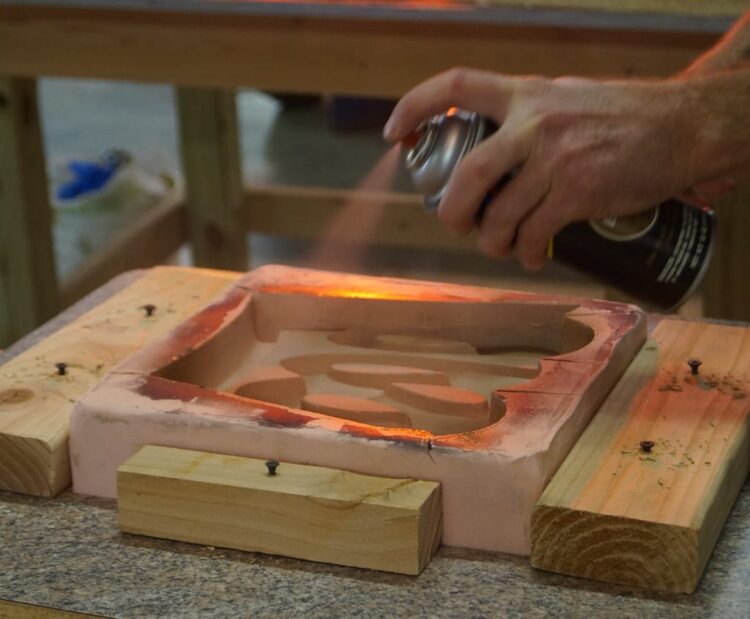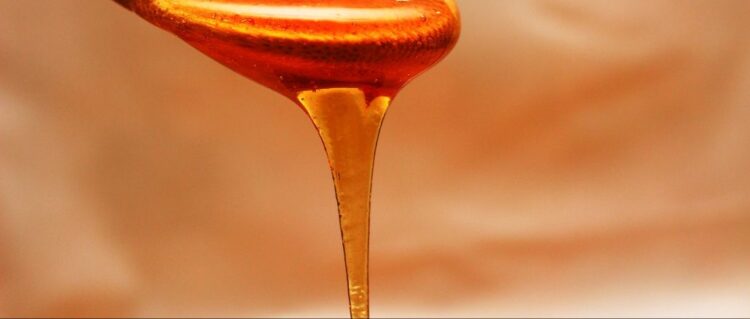Today, innovative technologies allow us to provide a customized release agent that will optimize your production process. Examples are: water-based and oil / solvent-based Polyurethane foam, Mold Release Agents, and other types of molding applications.
The materials used to make mold release agents are resistant to acids and bases and various organic solvents and are almost insoluble in anything. At the same time, it has high-temperature resistance characteristics and its coefficient of friction is extremely low, so it can be used as a lubricant and is also very good for coating the inside of the pipe.
Features:
– High-temperature resistance
– Resistance to low temperatures
– Corrosion resistance
– Resistance to weather
– High lubrication
– Not sticky
– Non-toxic
– Fast harden at room temperature, rapid harden by warming
– Apply by spraying or with a rag
– The hard, durable and dry thermostable layer is formed
– Reduced cleaning and application time
The main advantage is that you do not have to disassemble the mold, but just remove the product from it. Therefore, it too extends the life of the mold. It is important to apply most of the corners and edges.
We will present to you the different types that exist on the market.
Table of Contents
Polyurethane

source: polytek.com
Most often they are polyurethane. They have shown that they have the best price-quality ratio, that they are of high quality and efficient. Applicable to all materials. The finish will be far better than before. A manufacturer who distinguished himself in this kind as well as in others is Sakurai.
PTFE coating
PTFE (Polytetrafluoroethylene), an original fluoropolymer, is a solid but flexible material with excellent electrical insulation properties and excellent chemical resistance; it has one of the lowest friction coefficients of any solid. PTFE coating is also called Teflon.
The chemical resistance of PTFE is excellent; there are no solvents that can dissolve PTFE at room temperature.
Features such as chemical inertia and heat resistance, excellent electrical insulation and low friction allow PTFE to be exploited in various applications such as chemical processing operations, pharmaceutical processing equipment, heat seals/platinum and food processing equipment. Many PTFE coatings are suitable for contact with food and drinking water.
PTFE is usually applied as a thin film by liquid dispersion. Dry film thicknesses typically vary between 0.02mm and 0.05mm, but can be tailored to your specific requirements such as increased wear resistance, electrical conductivity.
Successful application of such coatings relies on precise preparation, including cleaning and surface preparation, which can be achieved by a number of methods known to those skilled in the art. The resulting mechanical bond between the substrate and the coating relies on the proper execution of these processes.
Urethane vs rocket release agent

source: coating.co
Urethane based product is silicone oil-based which can be a problem if transferred to mold or product and this will make it difficult to paint later. So it’s best to use it for rigid things and ones that won’t paint, but there is more shine. Rocket is good for those who need painting or labeling because it is not silicone-based.
Nonstick cookware
This is certainly one of the applications that is most concerned with large numbers of people. People around the world use non-stick cookware in their daily cooking. Non-stick pans and pans are perfect for use, especially for those who want to prepare low-fat foods, for pancakes, for delicate dishes that are easy to stick in ordinary pots and pans, and for those who like to clean dishes after use without much effort.
First, let’s explain what non-stick cookware is. They are utensils made of a variety of materials, although they are mostly aluminum or stainless steel and have a non-stick coating on the inside that prevents the food from sticking to the dishes. This layer is usually above mentioned PTEE.
However, in the last couple of decades, the health safety of non-stick coatings has been under investigation. What worried and became questionable was a chemical called perfluorooctanoic acid (PFOA). After years of extensive research confirming its impact on some health issues, it was discontinued.
All non-stick coatings used today are without PFOA, including Teflon. For this reason, the harmfulness of non-stick cookware is no longer a cause for concern. What distinguishes adhesive coatings today is their strength and durability, scratch and abrasion resistance. So there are single and multi-layer coatings, then coatings enriched with various particles that give them that solidity.
What you need to know if you are buying this type of dish is how to use non-stick cookware.
To make your dishes last longer, you need to use them properly
source: williams-sonoma.ca
– Do not heat an empty frying pan or pan, as this may cause decomposition. Always place a teaspoon of oil or water.
– Use dishes at medium and low temperatures, not at the highest, as overheating can cause cracking.
– Do not use metal accessories to mix or rotate the food in the pan. Use only wooden or silicone accessories. This will extend the life of your pan.
– Do not wash dishes in the dishwasher. It is unnecessary because it is very easy to clean, only under warm water and liquid detergent. Strong chemical agents used in machines can damage these dishes.
– Use better quality non-stick cookware. Poor quality dishes overheat faster because there are such walls and bottoms. Use dishes that have a thicker bottom to better distribute and absorb temperature. Therefore, you do not have to put it at the highest temperatures because it has the ability to accumulate temperature and release gradually.
-When damage occurs, replace it with a new one. It is advisable to change the cookware every three to five years.
Conclusion
Whether you are pouring metals, compressing them into a mold or stamping them – choosing the right separator contributes significantly to the success of the molding process.
In order to produce continuously, you need separators (mold coatings) that will ensure the longest possible service life of your machines and molds. In addition, coatings should not only clean the raw material cleanly but also allow the metal to flow as well as possible into the mold. With the right solution, you will pour components of homogeneous and uniform surfaces. This way, you can continue production without re-applying the coating. Thanks to optimized flow, you will have less after-work.

